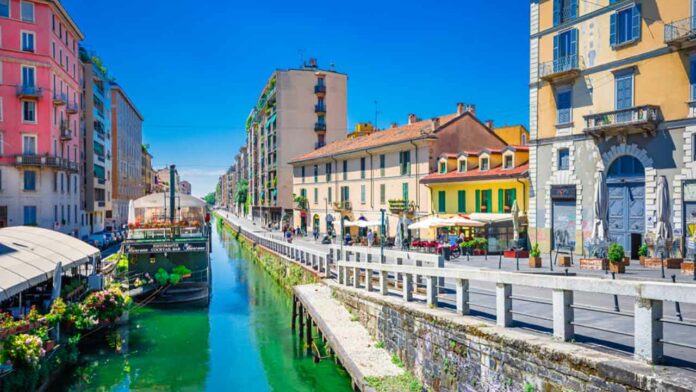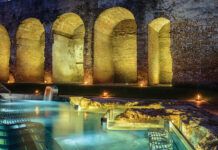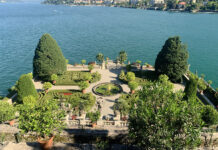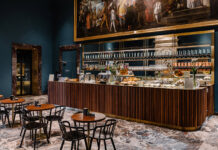Vibrant with clubs, restaurants and meeting venues, the Milanese Navigli are full of history and curiosities: a must-stop in Milan.
This system of artificial, navigable canals, was built between the 12th and 16th century to provide the city with water and to transport goods. Ludovico “The Moor”, Duke of Milan, entrusted the project to Leonardo da Vinci. However, it was only in 1805, under Napoleon, that the construction of the Navigli was completed. The waterways connected Milan to Lake Maggiore, Lake Como and the lowest part of Switzerland.
During the second half of the 19th century, following the development of other viable methods of transportation, Milan’s system of canals fell into disuse. Today, the remains of what was once an avant-garde navigable system are scattered throughout the city. The only canals still visible today include the Naviglio Grande and the Naviglio Pavese (which compose the Navigli district), the Naviglio Martesana located north-east of the city, plus a small stretch of canal in the Brera neighbourhood.
If you’re interested in learning more about the history of Milan’s Navigli and its past as a ‘city of water’, head to the Navigli Museum. Visiting it is like taking a trip into the past: by descending the steps that lead to an area located below street level, you can admire the structure of the old house that now welcomes the museum. Highlights include a labyrinth of beautifully preserved rooms, walls, red brick arches and medieval ceilings. In addition to numerous views of the Navigli, painted by important Milanese artists, you can also see several sketches of the system of locks designed by Leonardo da Vinci.
To learn more about the Milanese Navigli, click here “the Milanese navigli“.











